文章目录
- 说明
- day25 二叉树深度遍历的栈实现 (中序)
- 1.具有通用性的对象栈
- 2.栈实现中序遍历
- 2.1 思路
- 2.2 代码
- day26 二叉树深度遍历的栈实现 (前序和后序)
- 1.前序遍历
- 2.后序遍历
说明
闵老师的文章链接: 日撸 Java 三百行(总述)_minfanphd的博客-CSDN博客
自己也把手敲的代码放在了github上维护:https://github.com/fulisha-ok/sampledata
day25 二叉树深度遍历的栈实现 (中序)
1.具有通用性的对象栈
package datastructure.stack;
import sun.applet.Main;
public class ObjectStack {
/**
* The depth.
*/
public static final int MAX_DEPTH = 10;
/**
* The actual depth.
*/
int depth;
/**
* The data
*/
Object[] data;
/**
* Construct an empty sequential list.
*/
public ObjectStack() {
depth = 0;
data = new Object[MAX_DEPTH];
}
/**
* Overrides the method claimed in Object, the superclass of any class.
* @return
*/
public String toString() {
String resultString = "";
for (int i = 0; i < depth; i++) {
resultString += data[i];
}
return resultString;
}
/**
* Push an element.
* @param paraObject The given object.
* @return Success or not.
*/
public boolean push(Object paraObject){
if (depth == MAX_DEPTH) {
System.out.println("Stack full.");
return false;
}
data[depth] = paraObject;
depth++;
return true;
}
/**
* Pop an element.
* @return The object at the top of the stack.
*/
public Object pop() {
if (depth == 0) {
System.out.println("Nothing to pop.");
return '\0';
}
Object resultObject = data[depth - 1];
depth--;
return resultObject;
}
/**
* Is the stack empty?
* @return True if empty.
*/
public boolean isEmpty() {
if (depth == 0) {
return true;
}
return false;
}
public static void main(String args[]) {
ObjectStack tempStack = new ObjectStack();
for (char ch = 'a'; ch < 'm'; ch++) {
tempStack.push(new Character(ch));
System.out.println("The current stack is: " + tempStack);
}
char tempChar;
for (int i = 0; i < 12; i++) {
tempChar = ((Character)tempStack.pop()).charValue();
System.out.println("Poped: " + tempChar);
System.out.println("The current stack is: " + tempStack);
}
}
}
2.栈实现中序遍历
2.1 思路
结合下图,先考虑假设一颗最简单的二叉树,一个根结点a和左右两个子结点b,c,利用栈,a,b入栈,将b出栈,判断b是否有右孩子,无则继续出栈a,再判断a是否有右孩子,有c,则将c入栈,再判断c是否有左孩子若无,再出栈,再判断c是否有右孩子,无,则顺序是b-a-c
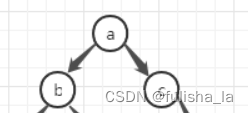
由最简单的二叉树到一般二叉树,我们知道中序遍历顺序是左-根-右,结合栈,先将左子树的左节点入栈(左子树不为空),当最左节点入栈后就开始出栈,每出一个节点就要判断是否有右子树,若有则需要入栈(这又像一颗子树,又要重复和原来一样的操作,入最左结点再出栈判断出栈结点是否有右子树),操作和那最大那一棵树的操作一样。(看着图理解就一目了然了)
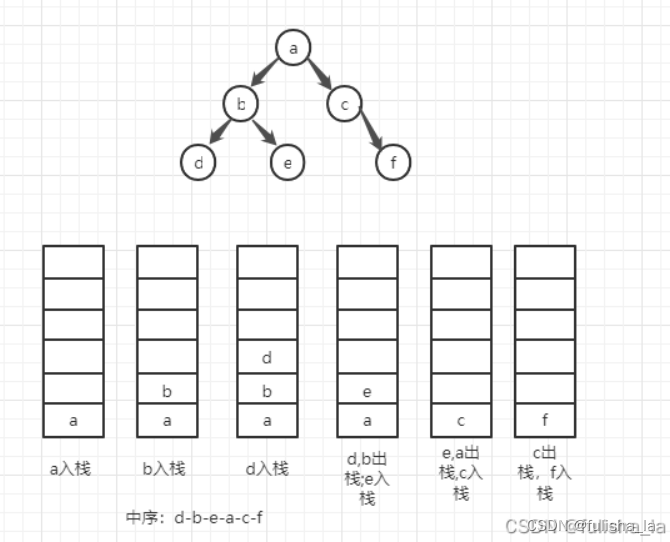
2.2 代码
/**
* In-order visit with stack.
*/
public void inOrderVisitWithStack(){
ObjectStack tempStack = new ObjectStack();
BinaryCharTree tempNode = this;
while (!tempStack.isEmpty() || tempNode != null){
if (tempNode != null){
tempStack.push(tempNode);
tempNode = tempNode.leftChild;
} else {
tempNode = (BinaryCharTree)tempStack.pop();
System.out.print("" + tempNode.value + " ");
tempNode = tempNode.rightChild;
}
}
}

day26 二叉树深度遍历的栈实现 (前序和后序)
1.前序遍历
前序遍历顺序是根-左-右 ,而在入栈时入栈顺序和中序是一样的,而要输出中序顺序,则需要修改一下,在push之前先输出
/**
* Pre-order visit with stack.
*/
public void preOrderVisitWithStack() {
ObjectStack tempStack = new ObjectStack();
BinaryCharTree tempNode = this;
while (!tempStack.isEmpty() || tempNode != null) {
if (tempNode != null) {
System.out.print("" + tempNode.value + " ");
tempStack.push(tempNode);
tempNode = tempNode.leftChild;
} else {
tempNode = (BinaryCharTree) tempStack.pop();
tempNode = tempNode.rightChild;
}
}
}
2.后序遍历
结合文章中后序遍历的两种思想,第一种是直接写,第二种是逆向思维,等价替换问题(这个思维很好,学习到了。),由前序遍历:根-左-右,交换左右子树为根-右-左,最后再将其逆序变为左-右-根。 借助两个栈,一个栈和前序中序的存节点出入栈一样,这样保证入栈顺序,另一个栈是将原本需要输入的数据存入栈中(输入顺序为根-右-左),在所有节点遍历完,再将这个存出栈顺序数据的栈打印输出就是以左-右-根输出(将栈先进后出用到极致)
/**
* Pre-order visit with stack.
*/
public void preOrderVisitWithStack() {
ObjectStack tempStack = new ObjectStack();
BinaryCharTree tempNode = this;
while (!tempStack.isEmpty() || tempNode != null) {
if (tempNode != null) {
System.out.print("" + tempNode.value + " ");
tempStack.push(tempNode);
tempNode = tempNode.leftChild;
} else {
tempNode = (BinaryCharTree) tempStack.pop();
tempNode = tempNode.rightChild;
}
}
}
/**
* Post-order visit with stack.
*/
public void postOrderVisitWithStack() {
ObjectStack tempStack = new ObjectStack();
BinaryCharTree tempNode = this;
ObjectStack tempOutputStack = new ObjectStack();
while (!tempStack.isEmpty() || tempNode != null) {
if (tempNode != null) {
//Store for output.
tempOutputStack.push(new Character(tempNode.value));
tempStack.push(tempNode);
tempNode = tempNode.rightChild;
} else {
tempNode = (BinaryCharTree) tempStack.pop();
tempNode = tempNode.leftChild;
}
}
//Now reverse output.
while (!tempOutputStack.isEmpty()) {
System.out.print("" + tempOutputStack.pop() + " ");
}
}
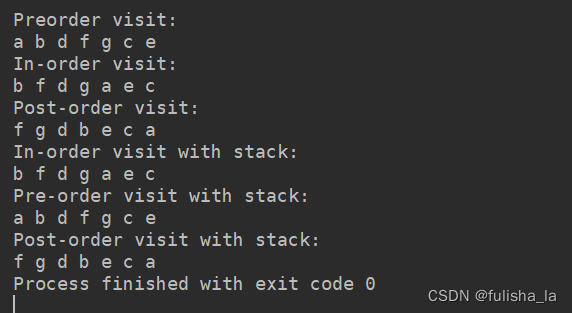
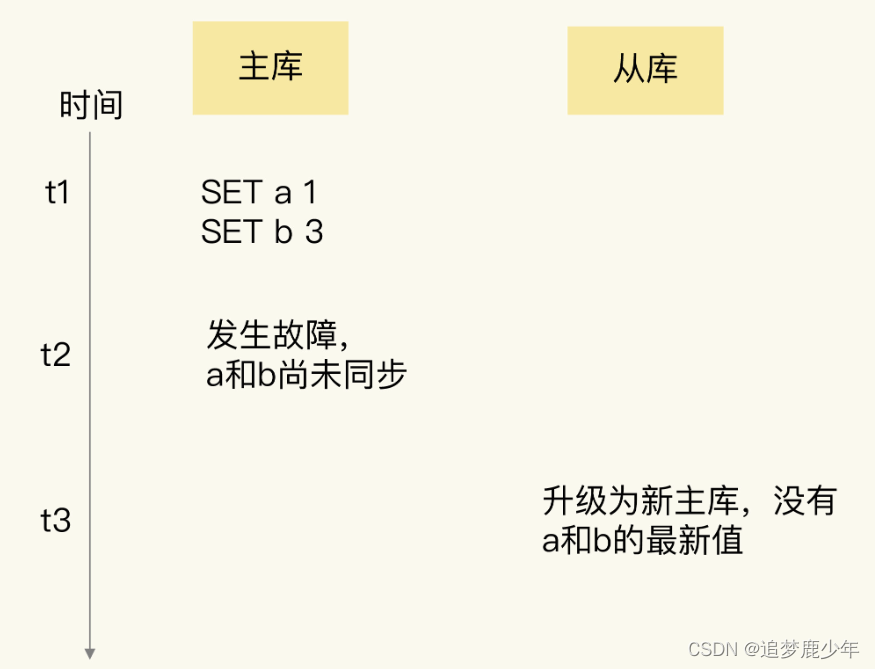



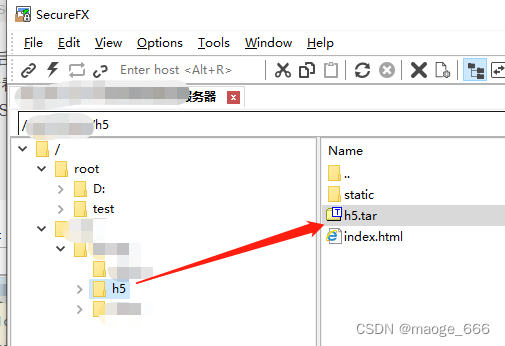

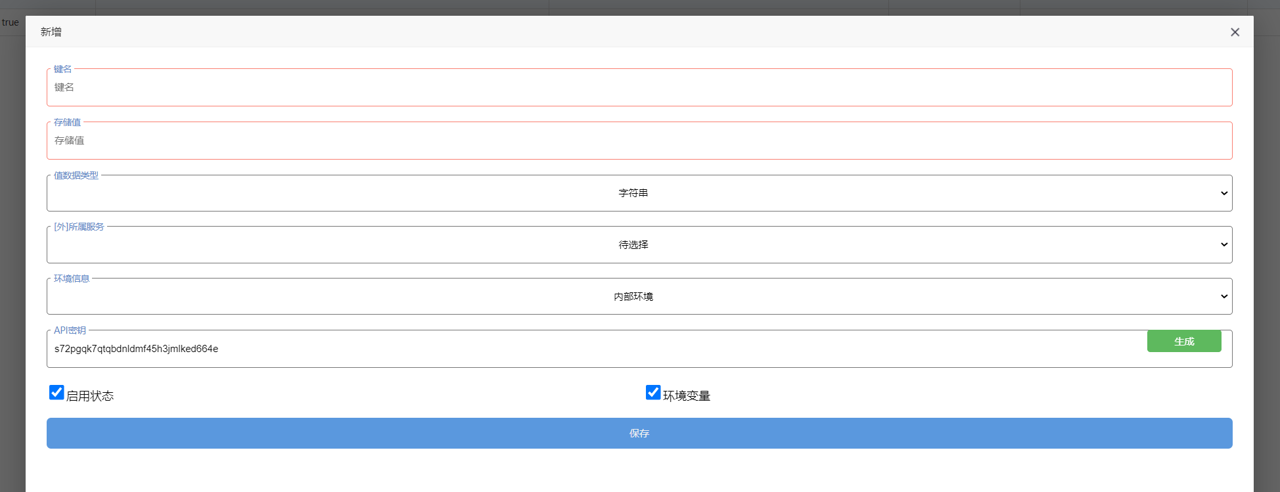


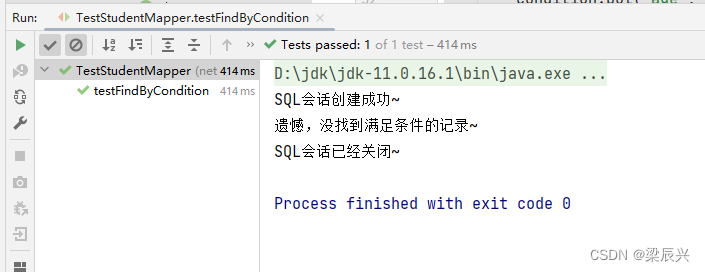
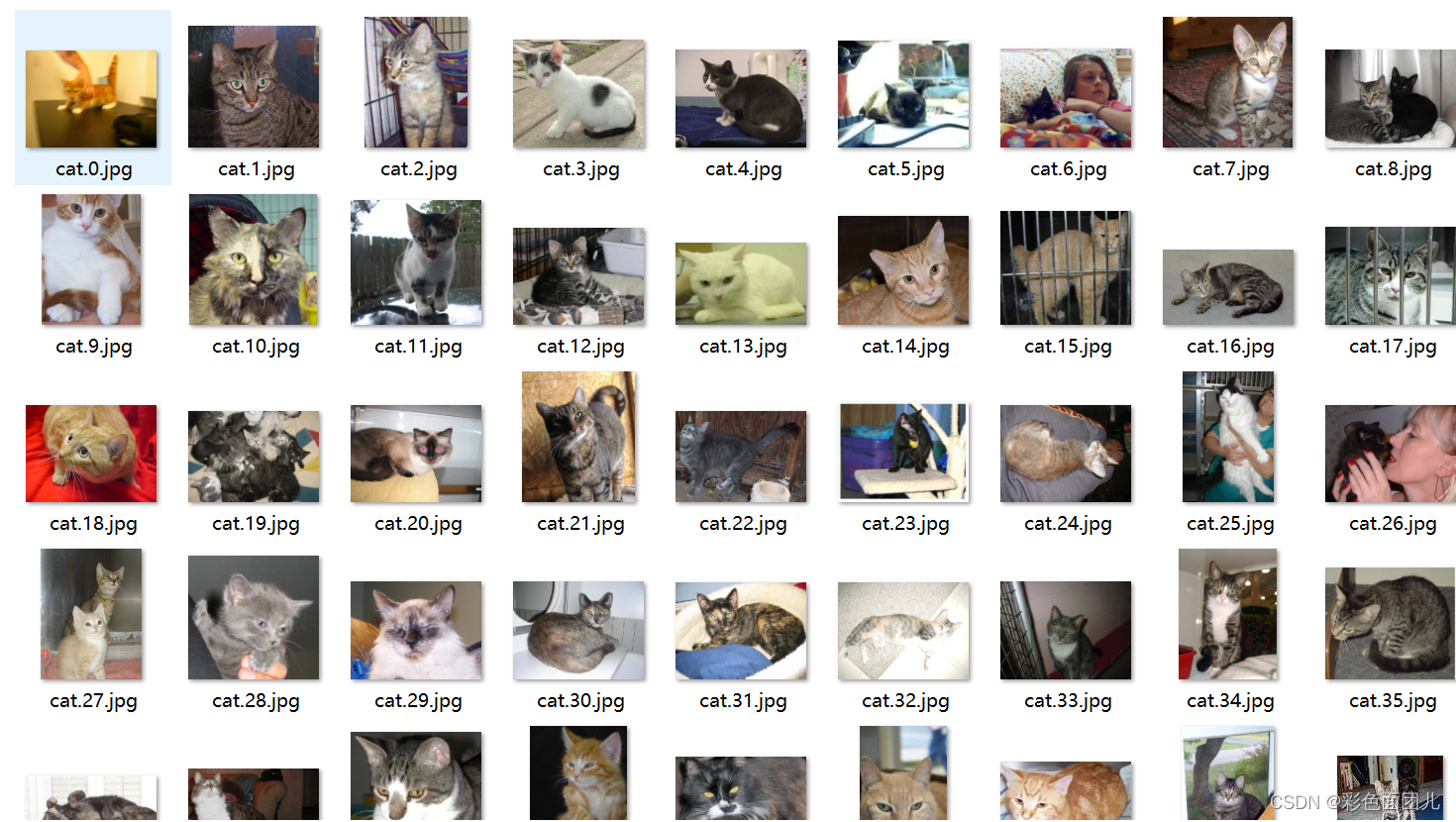

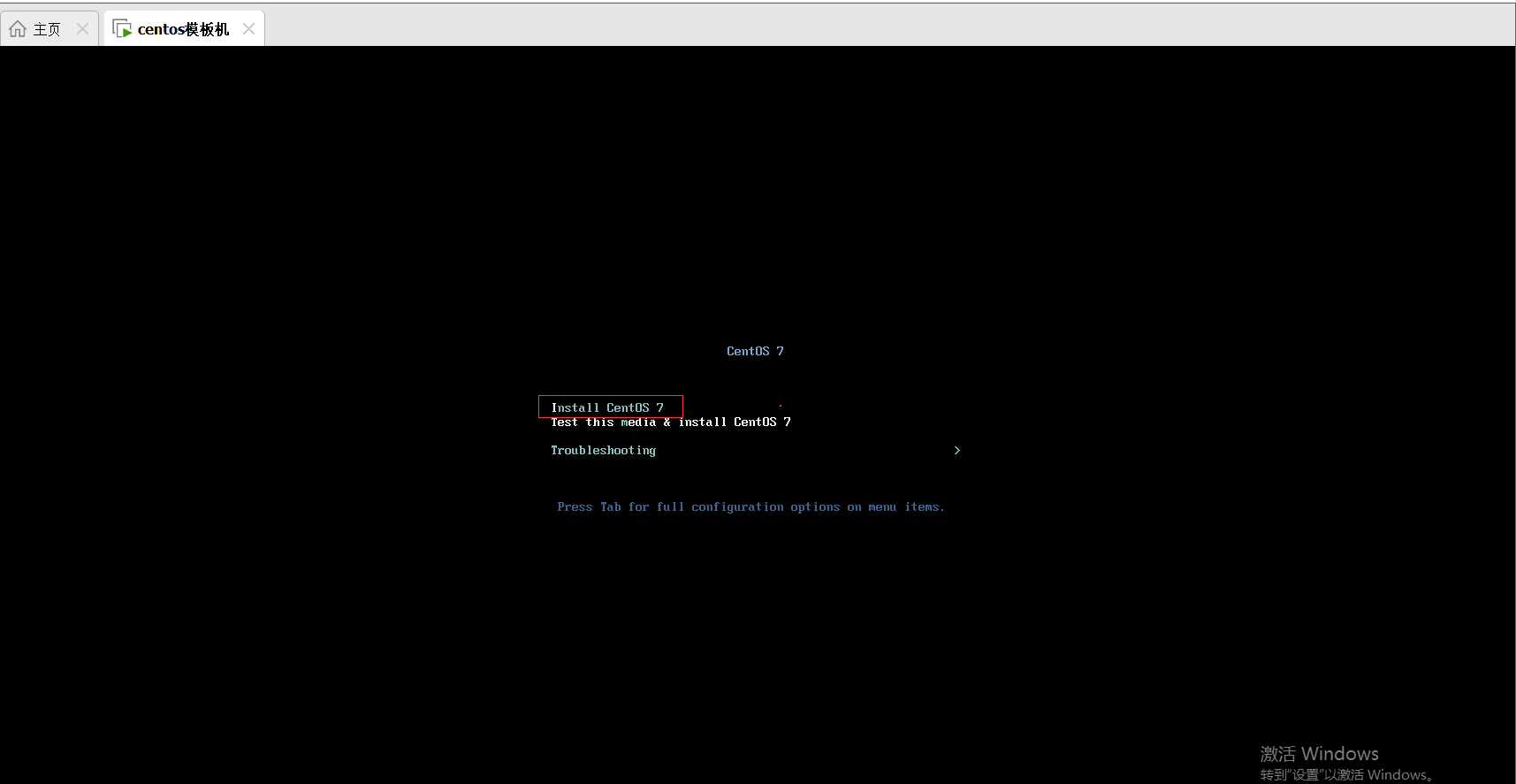


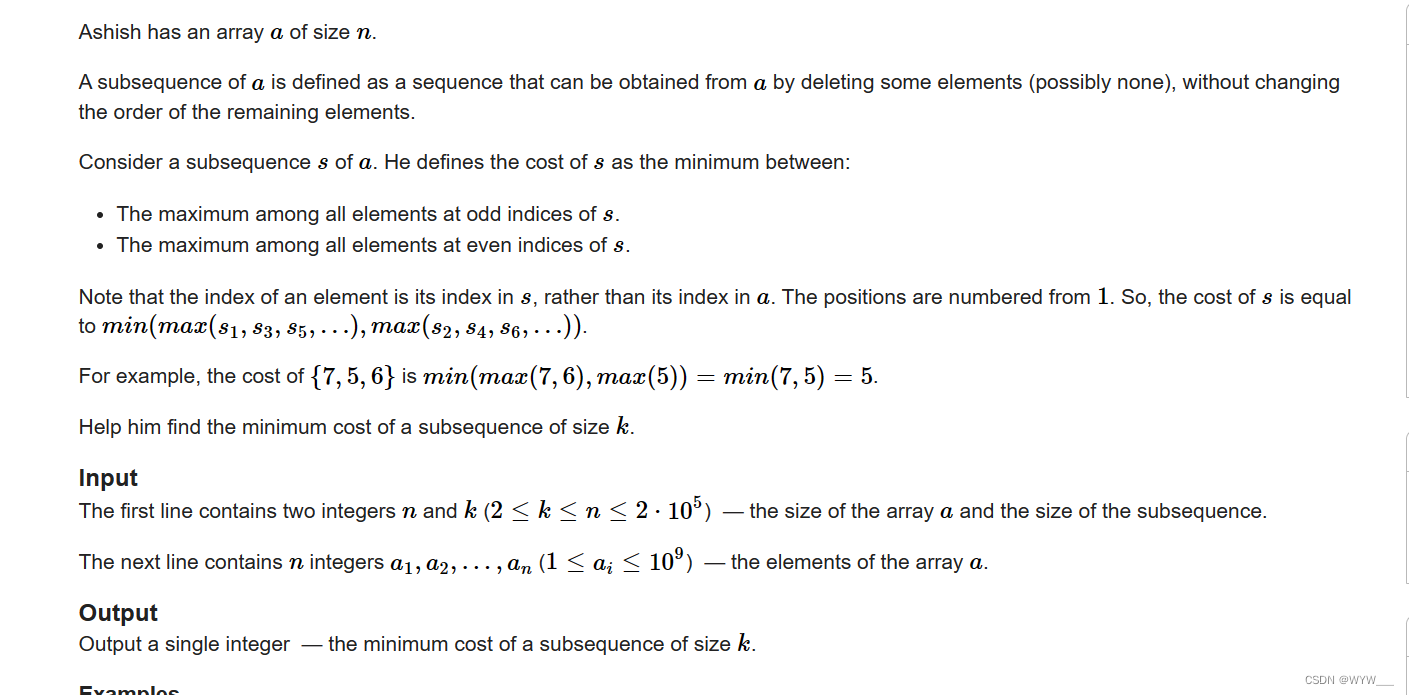

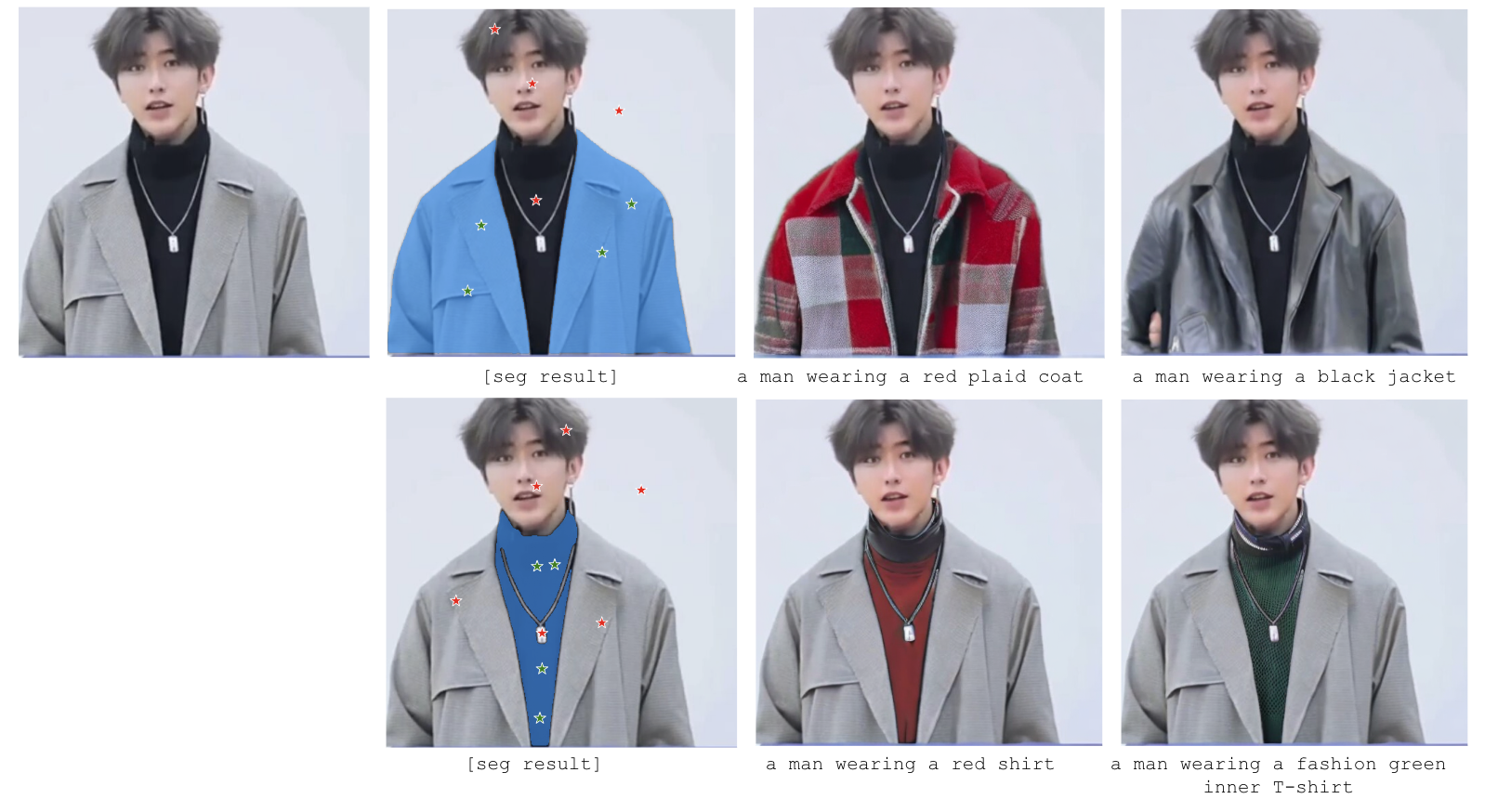
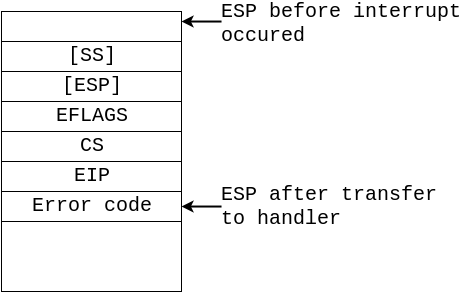
![[chapter 26][PyTorch][MNIST 测试实战】](https://img-blog.csdnimg.cn/07d671ba222e47e4b7e7524d6991f9a1.png)